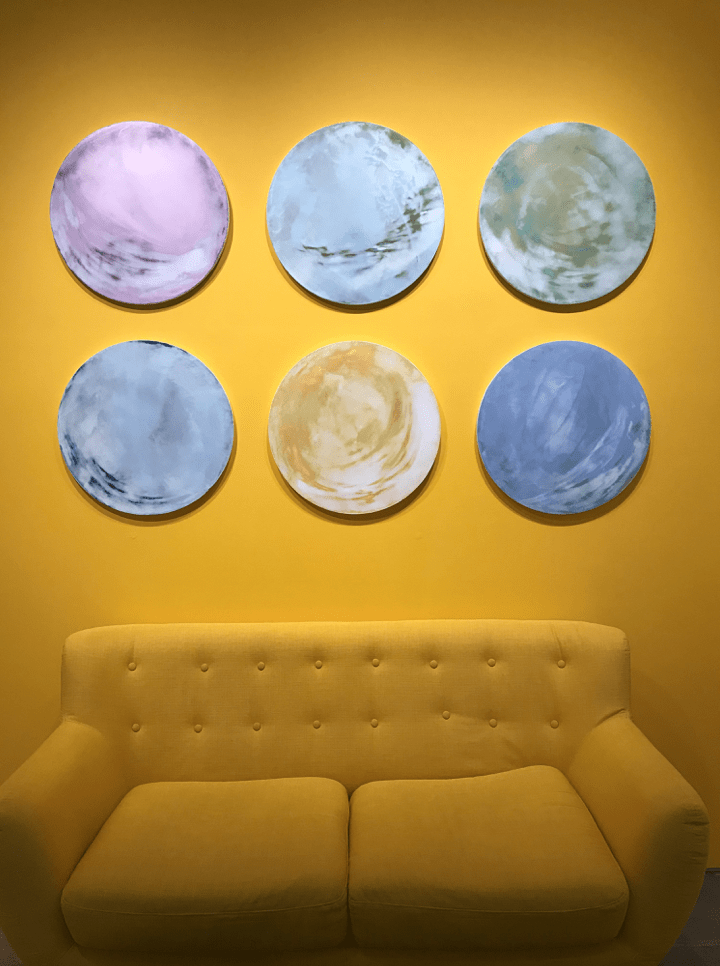Gallery #1
Drawing For Print
Mindfucks, Kultur Klashes, Pulp Fiction and Pulp Fact by the Illustrious Robert Crumb.
Short Biographical Information about the Artist:
Robert Crumb was born 30 August 1943 in Philadelphia, to a Catholic household of English and Scottish descent. His family moved frequently during his childhood and moved to Delaware in 1956 when his father retired after twenty years in the U.S. Marine Corps. Robert’s mother often behaved erratically and was probably manic depressive. Robert was a faithful Catholic until he was sixteen. His biggest influence during his youth was his older brother Charles, who loved comics and who co-wrote many of the comics they produced as children. Crumb was anything but popular in high school and felt alienated.
This exhibition demonstrates the scope of Crumb’s achievement by concentrating on the primary formal dimension of the printed page where drawings come together and come to life through the alchemy of layout, type and the consolidating effects of mechanical reproduction.
To quote Robert Crumb himself: “Robert Crumb is an unblinking witness to and graphics critic of the dysfunctional strangeness of the Disunited States.”
I was particularly drawn to his line work and observed it very closely because even though it doesn’t look like it, there are a lot of details and meanings behind his every work. I also really liked the idea of incorporating illustration with politics, just like I would see on the news.
Gallery #2
Reverie: Featuring Audra Weaser
Short Biographical Information about the Artist:
Weaser was raised in Southern California and lives and works in Los Angeles. She earned her M.F.A in painting from Claremont Graduate University. She has shown widely in Los Angeles and has exhibited nationally and abroad. Her work is in private and public collections in cities around the world such as Hong Kong, Abu Dhabi, and Singapore.
- JoAnne Artman Gallery
- Reverie is defined as a daydream or the condition of being lost in thought.
- In Old French, rever translates to being delirious.
- Utilizing a minimalist color palette, Weaser’s process-based paintings are excavations of memories shaped by time.
- For Weaser, these dreamscapes come from a particular childhood memory, re-imagined and recreated through the artist’s process as an adult.
- “I was looking at these home videos my father took, they’re in the forest, and he’s panning up to the trees, and the light is coming through… I like to refer back to those, or prints or photos I have taken. It is just flashes that I remember. It is so beautiful and uncluttered, and just enjoyable to go back to that peaceful feeling.” – Audra Weaser
I really liked the way she used color. The lines look like tree branches and the use of yellow/gold makes it look like there is light coming in between the branches which give it a feel of daydreaming. I also really liked the layout of the gallery, it was very small so every wall was covered with her works and there was even a couch to sit on and observe which I think adds a lot to the work’s intentions too.
Gallery #3:
The Marie-Josee and Henry Kravis Gallery
by Gerhard Richter
Short Biographical Information about the Artist
Gerhard Richter was born in Dresden on 9th February 1932, the first child of Horst and Hildegard Richter. A daughter, Gisela, followed four years later. They were in many respects an average middle-class family: Horst worked as a teacher at a secondary school in Dresden and Hildegard was a bookseller who liked to play the piano. In an interview with Robert Storr, Richter described his early family life as “simple, orderly, structured – mother playing the piano and father earning money.”
Total of fifteen paintings, collectively named October 18, 1977.
These paintings are based on photographs of moments in the lives and deaths of four members of the Red Army Fraction (RAF), a German left-wing terrorist group that perpetrated a number of kidnappings and killings throughout the 1970s. The title refers to the date on which the bodies of the three RAF members were found in the cells of the German prison.
Eleven years later, Richter used newspaper and police photographs documenting these events as source material for the paintings, but rendered these images blurred and diffuse, emphasizing the passage of time, as well as the fallibility of memory.
I think the paintings are very deep because of the lack of color and blurriness. I also really liked how she used many concepts in her paintings, the terrorist group, fallibility of memory and passage of time. All combined in black and white blurry images really give distress to the viewers but in a good way.















